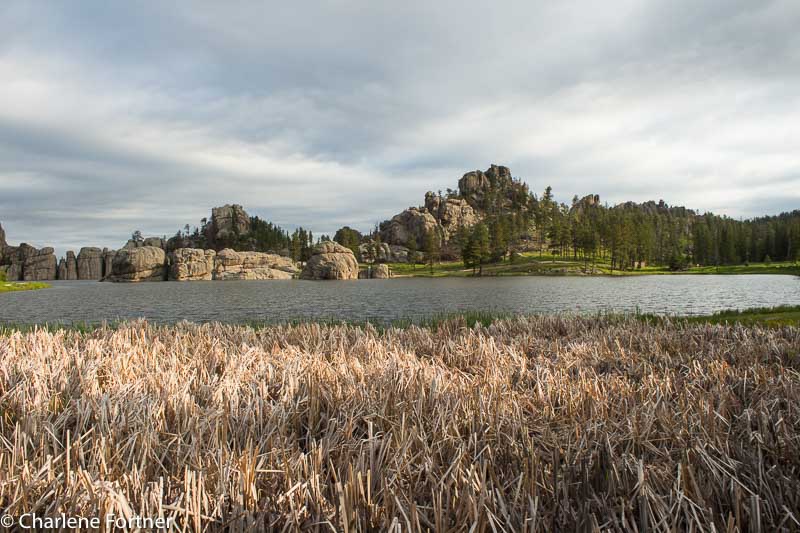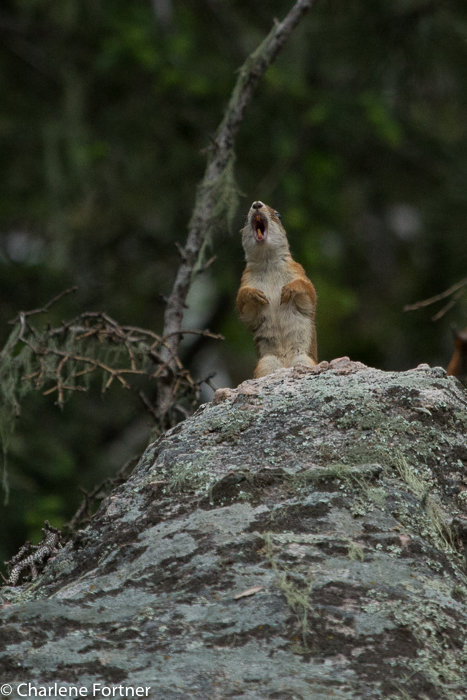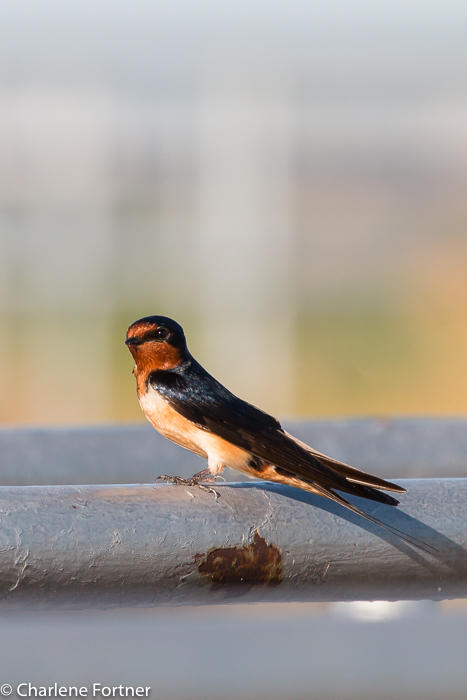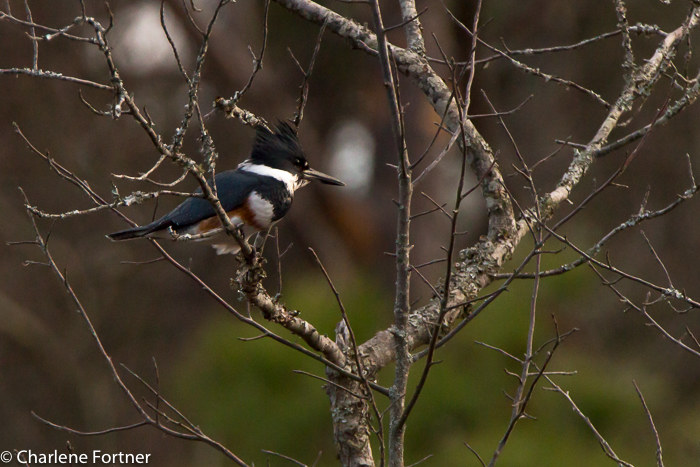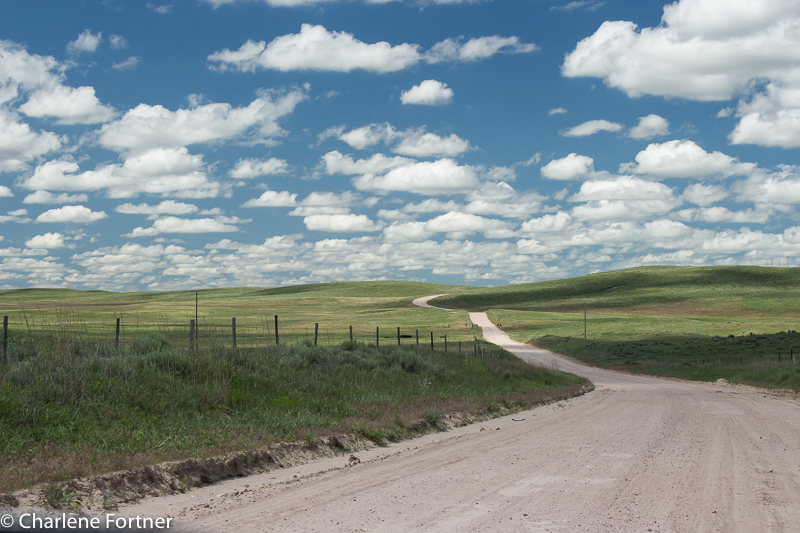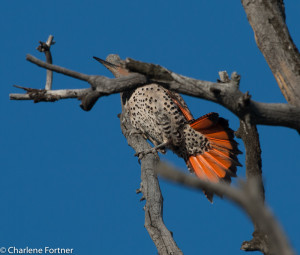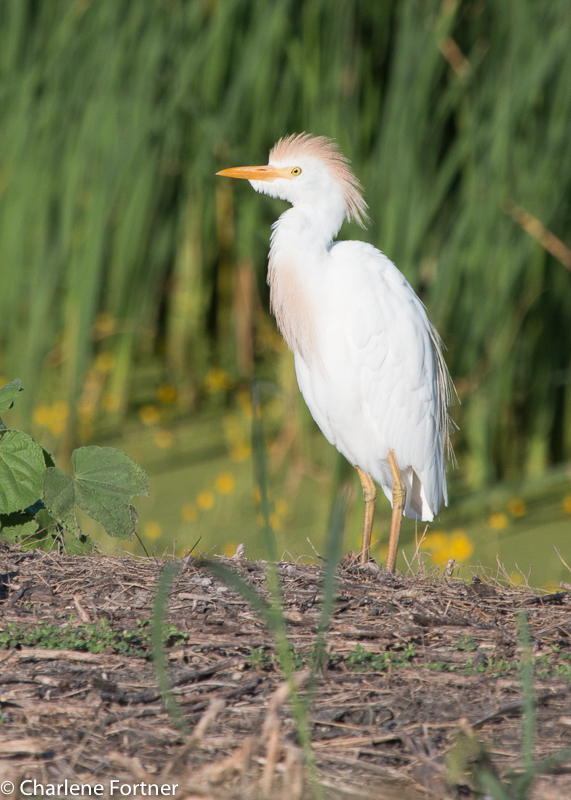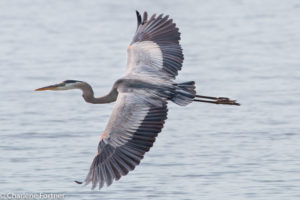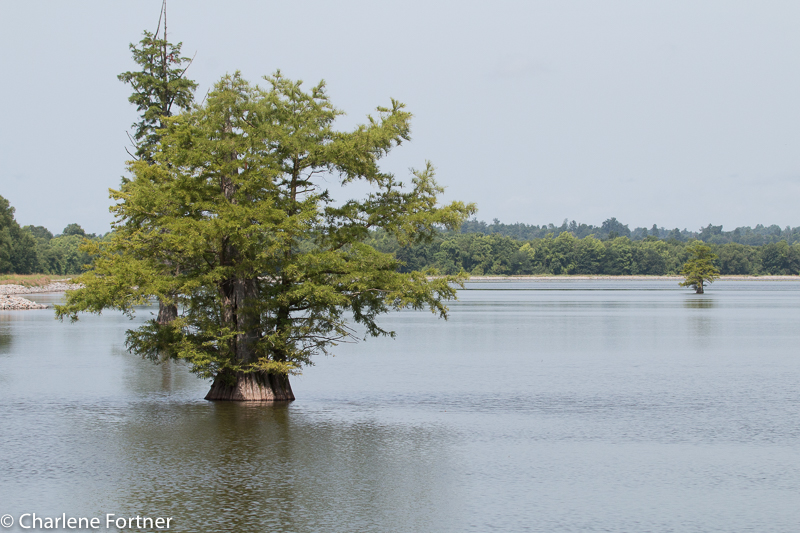Custer State Park’s Sylvan Lake is surrounded by an easy, 1 mile loop trail, officially known as the Sylvan Lake Shore Trail. The trail requires an uphill elevation gain, but it is very short and offers views over the lake. Some scrambling and exposed rock surface areas near the top would make this trail hazardous during wet weather. There are lots of areas for picnicking and stopping along the trail. In most areas it is a wide trail allowing for ease of passing or room for large groups.
A notable mention for this trail is the abundance in mammal life we came across: red squirrels, chipmunks and marmots. This particular red squirrel did not appreciate me encroaching on his space and decided to “bark” at me. Hilariously his mighty stance was nothing compared to the squeak of his roar.

